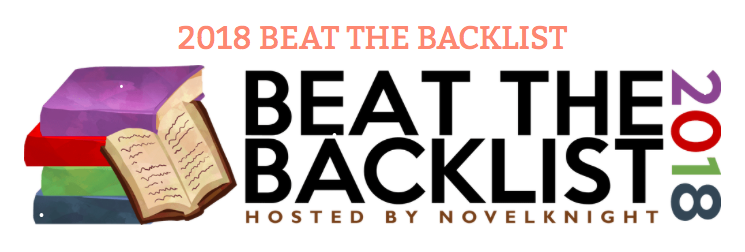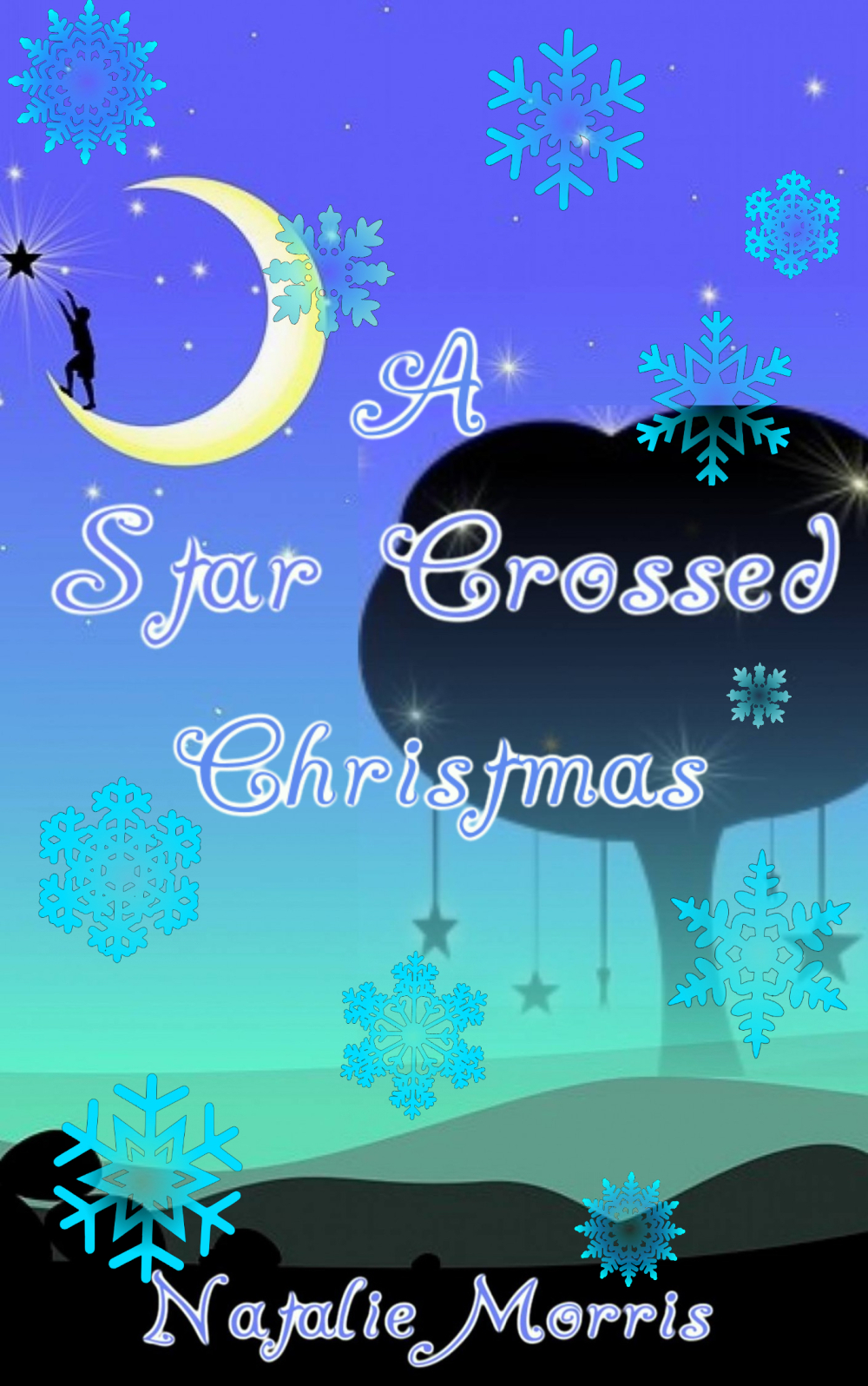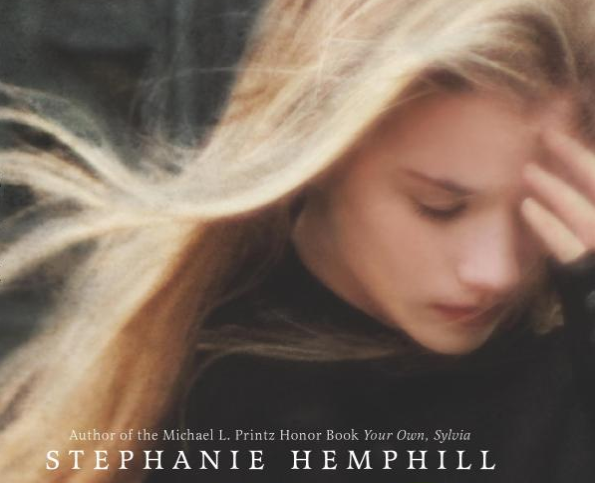Download links for: Dolphin Baby!


Reviews (see all)
Write review
hey i like your book but I Can't read it sorry but I LOVE ITTTTTTTTTTTTTTTTTT
An appealing and engaging introductory informational book.
Interesting facts and very nice acrylic paintings
Paisay aye eqysrwbtw rtwtw eu
Dolphins are amazing!
Other books by Middle Grade & Children's
Other books by Nicola Davies
Related articles












